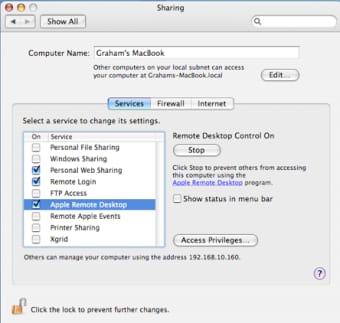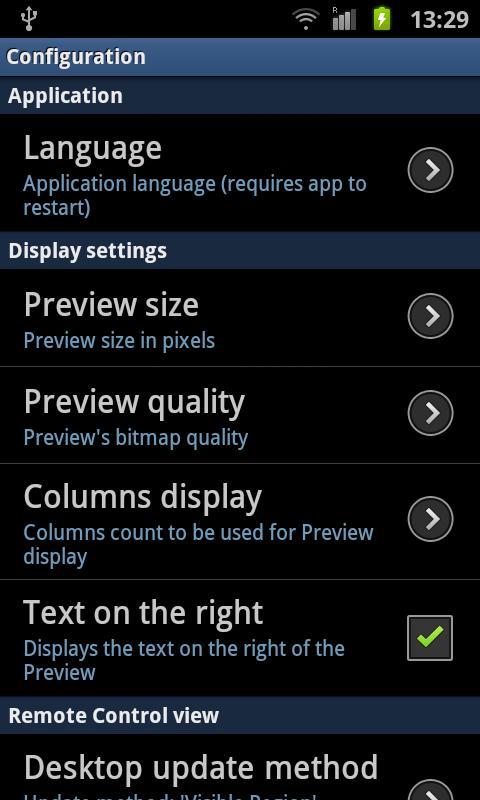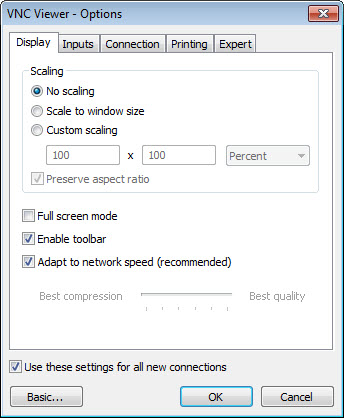

- #VNC CONNECT USER REVIEWS INSTALL#
- #VNC CONNECT USER REVIEWS SOFTWARE#
- #VNC CONNECT USER REVIEWS FREE#
- #VNC CONNECT USER REVIEWS MAC#
For other intranet tasks, we always use VNC for embedded or free options - as they are occasional non-commercial uses. For example, we use TeamViewer for customer support, but the new RealVNC cloud has similar functionality, possibly we will adopt it next year. So that just leaves the security question.There are many options, but remote access depends a lot on the type of task you want to solve. This is a cross platform solution in what can be run as a server or viewer The Server packages talk over TLS to the RealVNC Connect servers. The centralised cloud based management makes this simple to get access over the internet.
#VNC CONNECT USER REVIEWS INSTALL#
So for ease of install it’s a package which installs on the platform of choice. Once installed on the platform of choice the viewer will (as the name suggests) provide you access to the devices your admin has allowed you access to. This cloud account is setup on and when you set it up, remember to add 2FA as part of the loginĪ free account provides the ability to connect to 5 machines which you can manage from the web interface as well as account options, grouping, and user access.Īccess to the machines which are running the VNC Connect server is achived via the VNC Connect Client which is available on a lot of different platforms.
#VNC CONNECT USER REVIEWS SOFTWARE#
Once installed the server software connects during config with your VNCConnect Cloud account

The server software can be downloaded for various platforms.

#VNC CONNECT USER REVIEWS MAC#
This is (as a linux user) a different set of software packages to the standard remote desktop software you’d install to enable remote desktop access on a Linux or Mac desktop. This is not the usual RealVNC setup the same way for local usage the same way i’ve just described NXServer above. So lets get a few raised eyebrows out of the way out of the gate

While there are many options out there for achieving remote connectivity, i’m a huge fan of the ones which involve the least amount of interaction from the remote user. Secure remote connections to Family machines and my own servers is always an interesting tech problem.


 0 kommentar(er)
0 kommentar(er)
